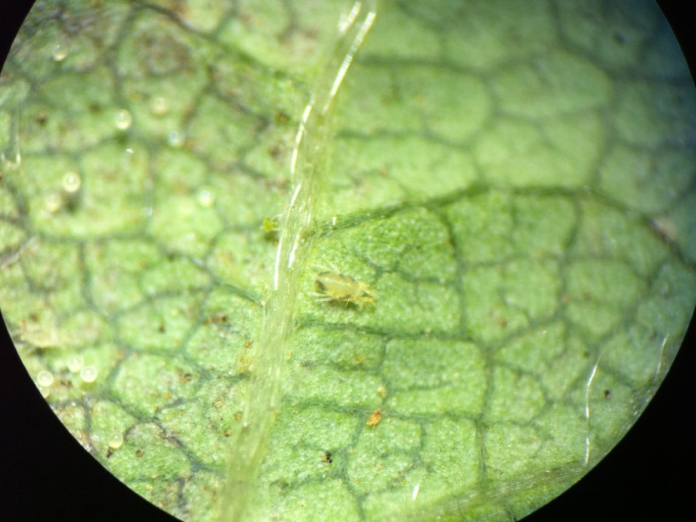
With mites in strawberries, it is important to correctly identify the species to achieve effective control.
At the 12th-annual Santa Maria Strawberry Field Day webinar, UCCE Santa Cruz Farm Advisor Mark Bolda reported on two strawberry pests, two-spotted mite and Lewis mite, and how to distinguish the two. This is important, Bolda said, because Lewis mite is not apparently responsive to the same materials and predators as two-spotted mite.
While the two-spotted mite generally has two larger dark spots on its back, Lewis mite has smaller dark spots that run along each side of the body. Lewis mite eggs are smaller than two-spotted mite eggs.
Lewis mite was found in Ventura-area strawberry production about ten years ago and it first appeared in the Salinas-Watsonville area in the last three years.
Feeding by Lewis mite kills leaves on strawberry plants and reduces yields. Both two-spotted mites and Lewis mites gather at the underside edge of leaves. Bolda said Lewis mite damage causes the leaves to have a purple tinge, and the damage tends to spread more slowly across a field. It is common to see both species on the same leaf at the same time.
Lewis mite has one larval and two nymphal stages prior to the adult stage. Eggs are laid on the leaf edges and larvae emerge after three days. Colonies are often found at leaf edges or veins.
A full life cycle of Lewis mite is about 14 days at 77 degrees F, according to UC IPM guidelines. The cycle can take fewer days at warmer temperatures. Two-spotted mites’ full lifecycle takes about five days at 75 degrees F.
Bolda noted that in mid-winter coastal strawberry growing areas, it is unusual for a large percentage of mites to become dormant. Instead, they continue to grow and lay eggs, although at a slower pace during the winter months.
In an efficacy study, Bolda said the most promising materials were tested first in a lab setting to get an idea of their control level.
The list included Oberon at 16 fl. oz. per acre; Vestis, a surfactant, at 13 fl. oz. per acre; Aza-Direct at 32 fl. oz. per acre; Agrimek at 16 fl. oz. per acre; and Nealta at 13.5 fl. oz. per acre. Ten leaves per treatment replicate were evaluated under a microscope. Adults and eggs were counted. Treatments were made January through mid-April. Numbers of Lewis mite were low until the end of March. Materials with the most efficacy were Vestis, Aza-Direct and Agrimek.
Complete information on this trial can be found on Bolda’s blog.



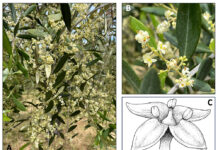
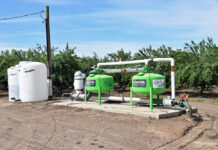
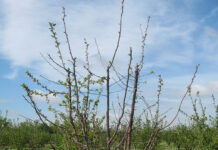

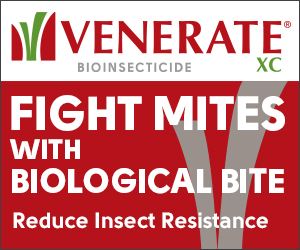









Your point of view caught my eye and was very interesting. Thanks. I have a question for you. https://accounts.binance.com/pt-BR/register-person?ref=53551167
Can you be more specific about the content of your article? After reading it, I still have some doubts. Hope you can help me. https://accounts.binance.com/it/register-person?ref=GJY4VW8W